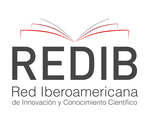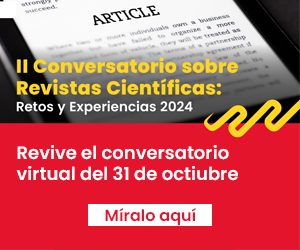Normoprolactinemic galactorrhea in a depressed adolescent: A case report.
DOI:
https://doi.org/10.20453/rnp.v84i3.4038Keywords:
Depressive disorder, galactorrhea, somatoform disorders, adolescentAbstract
Childhood/adolescence depressive disorder is a well-known clinical diagnosis recognized to cause structural and functional neuroendocrine impairment. Some of the risk factors are depressive symptoms in parents, dysfunctional family, chronic stress, physical, sexual or psychological child abuse. These disorders are associated with memory, language, emotional and hormonal dysregulations. During childhood, depressive symptoms tend to coexist with somatic symptoms due to the patients’ difficulties to express their emotions, reasons for which these symptoms could be reason for seeking medical attention. The case of an adolescent with depressive disorder associated to normoprolactinemic galactorrhea is presented. Galactorrhea could be associated with hyperprolactinemia, but it could also be linked to chronic stress events and normoprolactinemia.
Downloads
References
Protocolos SEGO. Galactorrea actualizado en 2003. Prog Obstet Ginecol. 2004;47:59-64.
Herskovic V, Matamala M. Somatización, ansiedad y depresión en niños y adolescentes. Revista Médica Clínica Las Condes. 2020; 31 (2) :183-187.
Clavero T, Fusté R, Gutierrez R. Un caso de galactorrea psicógena sin hiperprolactinemia o sindrome de Nunes. Medifam. 2001; 11(10): 61-63.
Amores-Villalba A, Mateos R. Revisión de la neuropsicología del maltrato infantil: la neurobiología y el perfil neuropsicológico de las víctimas de abuso en la infancia. Psicología Educativa. 2017; 23(2):81- 88. 5. Sanchez P, Guerrero F. Actualización del trastorno psicosomático en la infancia y adolescencia. Pediatria Integral. 2017, 20 (1): 32 -37.
Bonet J. Cerebro. En: Bonet J. Emociones y estrés. Las respuestas de la psicoinmunoneuroendocrinología. Buenos Aires DE BOOKS; 2020.
Espinoza F, Gómez D, Zepeda V, et al. Violencia doméstica y riesgo de conducta suicida en universitarios adolescentes. Salud pública Méx. 2010; 52(3): 213-219.
Langer M, Fiegl J, Riegel V, et al. Psychosomatic Aspects of Galactorrhea. Archives of Gynecology and Obstetrics. 1991; 248: 167-173.
Casanueva F, Molitch M, Schlechte J, et al. Pituitary Society Guidelines for the Diagnosis and Management of Prolactinoma. Clin Endocrinol (Oxf). 2006; 65(2): 265-73.
Serri O, Chik C, Ur E, Ezzat S. Diagnosis and management of hyperprolactinemia. CMAJ. 2003; 169(6): 575-581.
Guerrero J, Carton A. Manual de Diagnóstico y Terapéutica en Pediatría. Madrid: Hospital Infantil La Paz. 2017. p. 924-925.















 RNP is distributed under a
RNP is distributed under a 